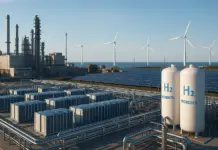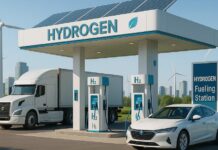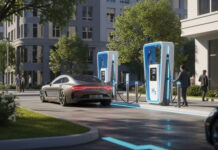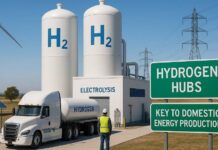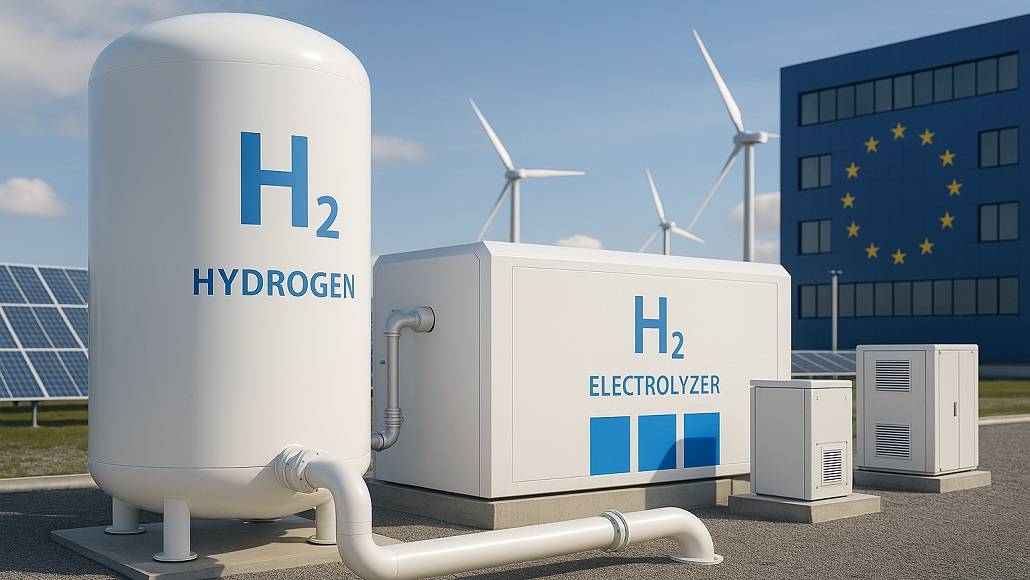The European Union moved ahead in November 2025 with a Delegated Act that sets out how greenhouse-gas savings from low-carbon fuels must be calculated, marking a long-awaited step in the bloc’s effort to regulate hydrogen and other emerging energy carriers. The measure, published after months of disagreement among Member States and an extended approval period in Parliament and Council, complements the Hydrogen and Gas Market Package and will take effect 20 days after its publication. It is intended to create a clearer basis for investment in the low-carbon hydrogen market and other low-carbon fuels used in transport and industry.
The Delegated Act builds on the wider policy framework that includes the Renewable Energy Directive 2018/2001 (RED III), which already defines strict rules for renewable fuels of non-biological origin (RFNBOs). It also ties in with the June 2024 rollout of the Hydrogen and Gas Market Package, which aims to help bring both renewable and low-carbon gases and hydrogen into the European energy system. While renewable hydrogen remains the EU’s preferred option for meeting climate goals, its production is still far from matching expected demand, making low-carbon alternatives an important short- and medium-term part of the energy transition. The new rules confirm that both renewable and low-carbon hydrogen must reach a 70% emissions-reduction threshold compared with fossil fuels, even though the renewability requirement only applies to the electricity used to produce renewable hydrogen.
The methodology in the Delegated Act mirrors the life-cycle approach used in Delegated Acts 1184/2023 and 1185/2023 for RFNBOs. It includes standard greenhouse gas emission intensity tables for material and energy inputs, and it allows hydrogen to be produced through different pathways, including electrolysis or steam methane reforming with carbon capture. For electrolysis-based hydrogen, the emission intensity of electricity is calculated at the level of countries or bidding zones. The Delegated Act also notes that emissions from renewable electricity, such as wind, solar, geothermal, or hydropower, are treated as zero. One example in the annex shows Finland with an electricity-emission intensity of 12.5 gCOâ‚‚eq/MJ in 2023, the second lowest in the EU. This gives an advantage to hydrogen projects operating in Finland, as they can more easily meet the required greenhouse gas savings.
The act leaves unresolved whether nuclear electricity can be used for low-carbon fuels, noting that the Commission will review alternative pathways, including nuclear, by 1 July 2028. It also notes that carbon captured during low-carbon hydrogen production can either be stored in geological formations or fixed into long-lasting products listed in Delegated Act 2024/2620, such as carbonated cement and concrete. Certification of low-carbon hydrogen is set out in Directive 2024/1788 and follows the same structure used for renewable fuels, with voluntary schemes permitted to carry out verification.
Member States have to bring the Delegated Act into national law by August 2026, and Finland plans to do so through its Sustainability Act, with a government proposal expected in spring 2026. As the rules take shape, the framework should give developers and investors more certainty, especially in places where grid-emission levels are low and biogenic CO₂ is readily available. These conditions place Finnish producers in a strong position to benefit from the evolving regulatory landscape for both low-carbon and renewable hydrogen across Europe.




